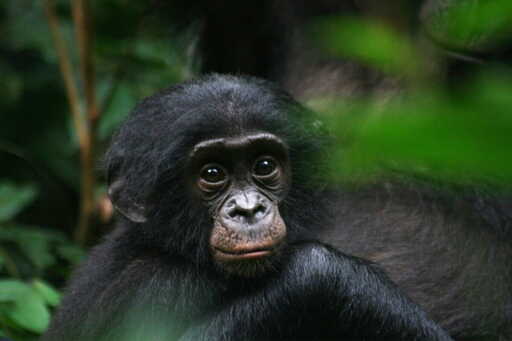Africa’s great Congo Basin rainforest, often called the Earth’s second lung, covers an area about the size of India. Millions of people depend directly on the forest for food, energy and income. It is home to our closest relatives and some of the planet’s most threatened wildlife — gorillas (Gorilla sp.), chimpanzees (Pan troglodytes), bonobos (Pan paniscus), okapi (Okapia johnstoni), forest elephants (Loxodonta cyclotis) and more. The humid forest with towering trees and extensive peatlands also helps regulate our global climate, taking in greenhouse gases emitted far beyond the forest’s borders. Sixty percent of the Congo Basin rainforest lies within the Democratic Republic of Congo (DRC), and around 70% of the DRC was covered in natural forest as of 2020, according to data visualized on the Global Forest Watch (GFW) platform. From 2002 to 2024, the DRC lost 7.1% of its forest cover, according to GFW satellite data, and experienced the third-largest absolute amount of primary forest loss globally, behind Brazil and Indonesia. (This estimate may be conservative and the actual amount even higher, according to GFW, as previous methods it had used to measure tree cover loss between 2001 and 2015 likely led to underestimations.) Annual primary forest loss in the DRC grew steadily over the past five years and spiked to a record high of 590,000 hectares (1.5 million acres) in 2024, according to GFW data. That’s up from 530,000 hectares (1.3 million acres) of primary forest loss in 2023 and 510,000 hectares in 2022. The data show…This article was originally published on Mongabay
From Conservation news via this RSS feed


